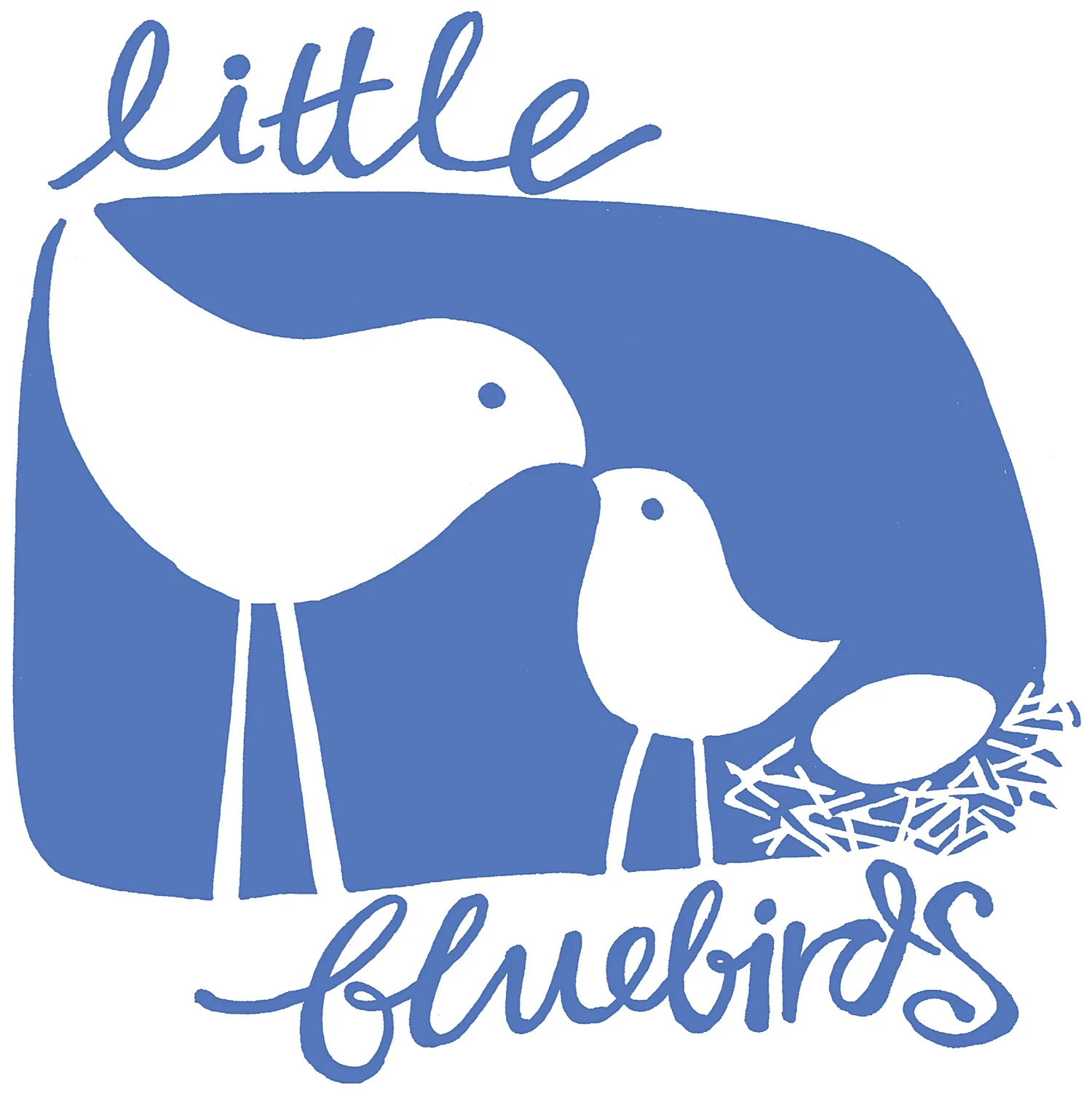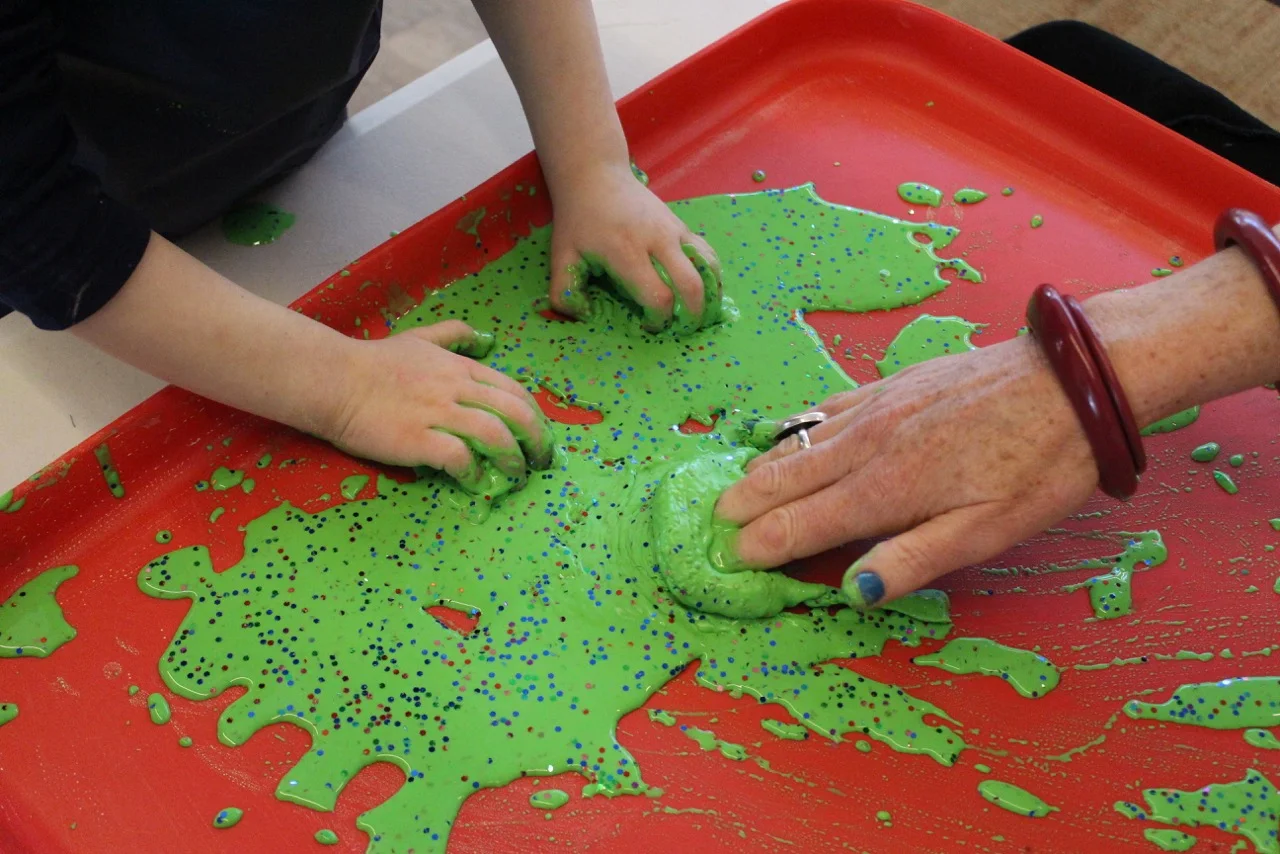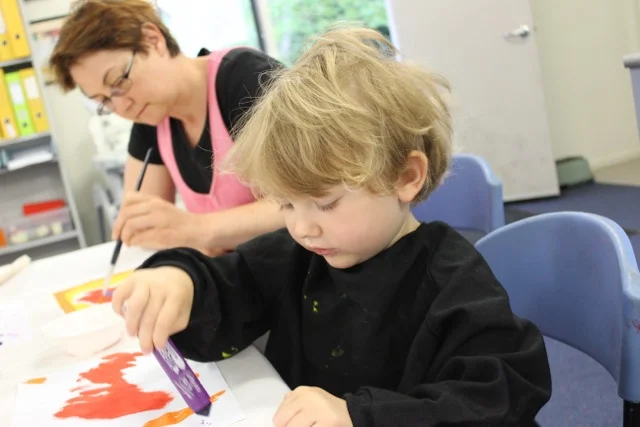Understanding this thing we call the world…
Introduction …
From birth and all throughout life our children use their senses to explore and make sense of this big wide world.
Our children have seven sensory systems. These allow touch, taste, smell, hearing, sight, balance and body awareness.
Our sensory systems allow our brains to register, interpret and use information from our environment, this allows our children to understand and react to what’s going on around them.
How do our senses work?
Touch:
Touch receptors in our child’s skin allow them to react to pressure and temperature, our touch receptors are so important because imagine touching something hot and not being able to feel this. When our children are upset we can try helping them relax using soothing, comforting or pressure touch, such as by stroking your child’s head or by giving them a tight hug.
Sight
Light receptors within our children’s eyes allow them to see and to define boundaries in terms of where they are in relation to other people, objects and what’s going on around them.
Hearing and balance
Receptors in our child’s inner ears allow them to hear, react to sounds and know where their bodies are in space and help them to balance. Tasks like carrying groceries, vacuuming or taking a pet for a walk can be self-regulating, helping our children to return to a calm state when upset.
Taste
Children are forever putting things in their mouths as it’s here we sense taste. Sour, sweet and savoury are just some flavours, and just as our children are all different so too are their food preferences and that’s okay. Exposing our children to different foods of varying tastes and textures without any pressure, familiarises these them with a variety of foods and increases the likelihood they’ll eventually accept and eat them. Try rewarding your child using verbal praise or stickers for trying new foods and remember to model the behaviours by eating up those veggies yourself.
Smell
Receptors in our child’s nose allow them to react to smell. We can help develop these receptors as each time our child uses these senses new connections form in their brains. Expose your child to lots of different smells during cooking or by introducing scents during play by adding essential oils to play dough.
Body awareness
Stretch receptors in our muscles and pressure receptors in our joints enable body awareness. As these receptors develop our child is able to produce more fluid, smooth body movements. A few ways to support your child’s balance and coordination is to encourage them to walk on uneven, unstable surfaces, climb, play hopscotch, ride a bike or take them swimming.
Why is sensory play so important?
Our children need opportunities for sensory input for their brains to develop and function properly.
Our brains take in and filter lots of information and as parents we know this can become overwhelming at times. By providing opportunities for sensory stimulation we can help our child’s brain build nerve connections and pathways, helping them filter out unwanted information and remain calm and focussed.
Some children may avoid or be sensitive to sensory information becoming overwhelmed quite quickly, whereas others might seek sensory information and need extra stimulation in order to be able to focus and stay on task. We need to expose our children to lots of sensory experiences, as this helps their brains create stronger connections and better process and respond to sensory information.
Sensory play and use of a child’s senses increases their likelihood of being able to complete more complex learning tasks as it supports cognitive growth, language development, gross motor skills, social interaction and problem solving skills.
Often a child may be distracted by conflicting noises. Exploration during play allows our children to learn to adapt to and block out noises that aren’t important so they can focus on the play or task they're participating in.
Five sensory play ideas
You can provide sensory experiences in fun, flexible learning spaces that meet the individual needs of your child by having a mix of quiet, active, wet and dry areas that help calm or increase your child’s alertness depending on their state of arousal.
1. Quiet spaces
Create separate, quiet spaces like a cubby house using cushions and blankets ... This could be a place for your child to escape to when they’re feeling over stimulated or overwhelmed.
2. Active outdoors
Active areas could be an outdoor playground, a swing or just encourage your child to go outdoors and jump, run, throw and kick a ball. Or get creative by sticking cardboard boxes together and turning them into tunnels for your child to climb through like a fireman … see what you and your child can come up with !!!
3. Wet and dry areas
Create wet areas by filling a shallow container with water and putting a variety of toys in it, some with holes in them for the water to filter through and some with a spout to encourage imaginative play. Similarly create a dry space by filling a container with sand and toys.
4. Messy play
Provide access to materials able to be manipulated and shaped like slime and play dough. Add to this sensory experience by putting glitter in your slime or gum nuts in your play dough. If you don’t have access to these resources, I’ve provided a slime and play dough recipe below.
5. Food exploration
Often children are fussy when it comes to eating certain foods. By touching, smelling and playing with the texture of these foods without expectation, we can assist our child to develop trust and an understanding of this texture. Building positive brain pathways and associations with these foods.
Recipes
Play dough
- 2 tbs cooking oil
- 4 tbs McKenzie's Cream of Tartar
- 2 cups plain flour
- 1 cup salt
- Food coloring
- 2 cups water
Mix all the ingredients in a saucepan and stir over medium heat for 3-5 minutes, until the mixture congeals.
Slime
Added glitter for extra sparkle!
- 2 cups corn flour
- Food colouring
- Approximately 1 cup of water
Pour corn flour into a mixing bowl. Stir in small amounts of water until the corn flour has become a very thick paste. Stir about five drops of food colouring into your mixture. You can keep your slime in the fridge for several days, stirring your slime if the corn flour settles on the bottom.
Hours and hours of fun!!!
Taylah is a third year Occupational therapy student who loves interacting with kids and watching them learn. You’ll often find her out amongst nature, enjoying the outdoors!!!







